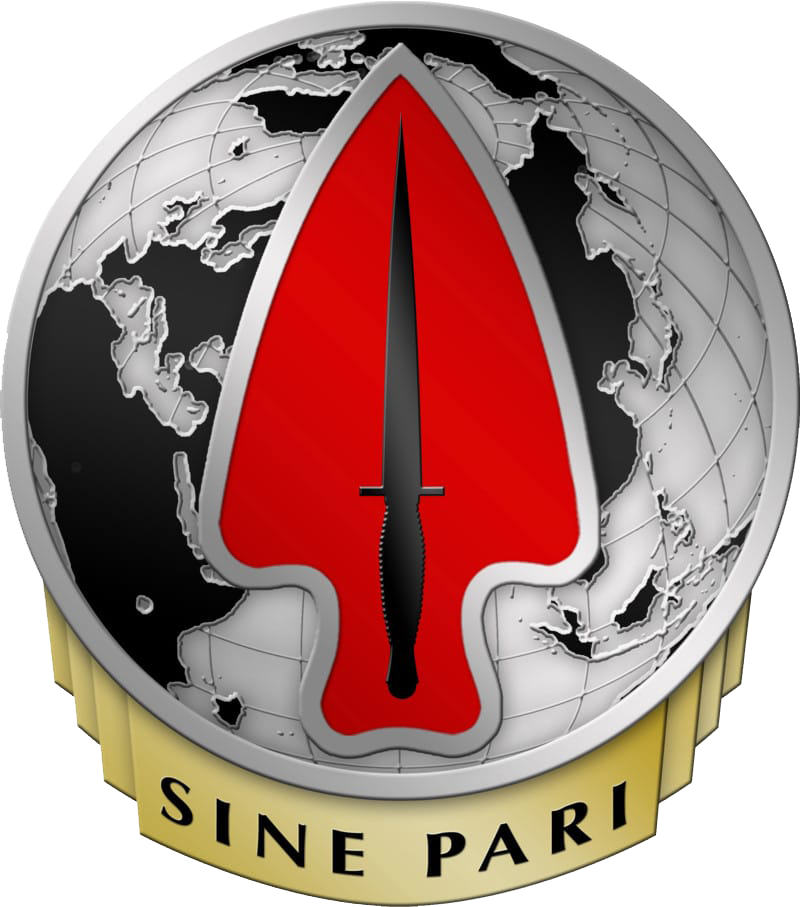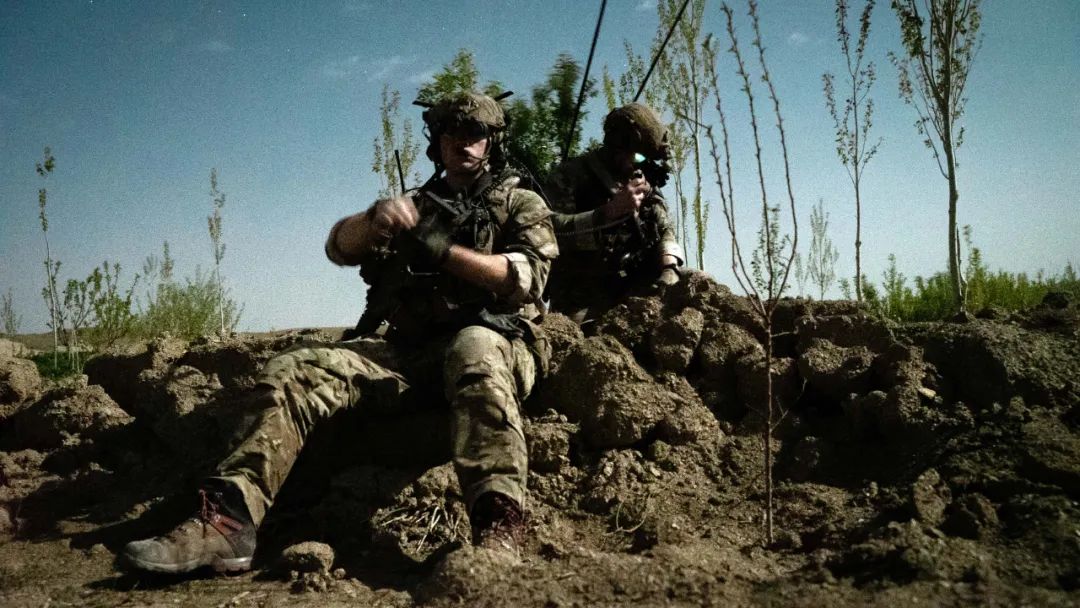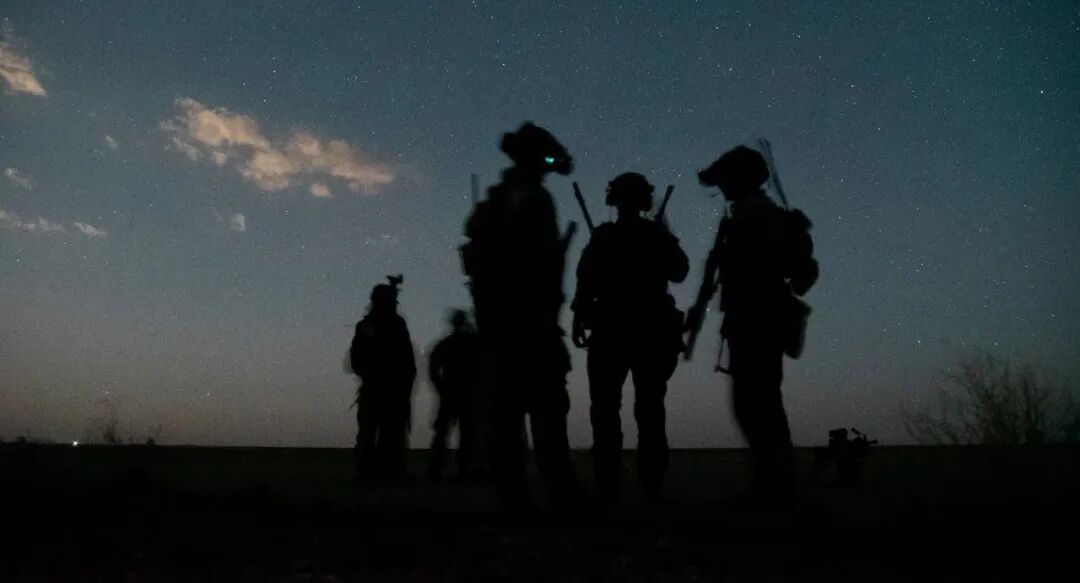 The United States Army Special Operations Command (USASOC) is the largest component of the United States Special Operations Command (SOCOM) and is renowned for its elite operational capabilities and multidimensional missions. From Green Berets to Rangers, from air support to psychological warfare experts, USASOC brings together the finest special operations forces of the United States Army.
The United States Army Special Operations Command (USASOC) is the largest component of the United States Special Operations Command (SOCOM) and is renowned for its elite operational capabilities and multidimensional missions. From Green Berets to Rangers, from air support to psychological warfare experts, USASOC brings together the finest special operations forces of the United States Army.
| 01 Origins, Mission and Responsibilities
The establishment of USASOC was driven by the modernization needs of the United States Special Operations Forces. The failure of Operation Eagle Claw in 1980 exposed flaws in inter-service coordination, prompting Congress to pass the Goldwater-Nichols Act and the Nunn-Cohen Amendment, which pushed for unified command of special operations.
On December 1, 1989, USASOC was officially established at Fort Bragg, North Carolina, responsible for integrating Army special operations forces.
From the Gulf War in 1991 to counter-terrorism operations in Afghanistan and Iraq, USASOC soldiers have always been the “first wave” forces, executing reconnaissance, counter-terrorism, and humanitarian missions.
The mission of USASOC is to “organize, train, educate, equip, fund, manage, mobilize, deploy, and sustain Army special operations forces to successfully execute global special operations missions.” Specific responsibilities include:
-
Operational Readiness: Providing training and equipment for special forces, Rangers, special aviation, psychological operations, and civil affairs units to ensure readiness for deployment.
-
Global Deployment: Conducting missions in over 120 countries, ranging from counter-terrorism to humanitarian assistance, covering phases of peace, conflict, and war.
-
Unconventional Warfare: Shaping the battlefield environment through training allies, supporting guerrilla warfare, or executing covert operations.
-
Joint Operations: Collaborating with Navy SEALs, Air Force Special Tactics Squadrons, and otherSOCOM units to execute joint special operations missions.
USASOC’s small-scale special forces achieve effects several times greater than conventional forces through precise actions or allied cooperation, a capability known as a “force multiplier”. For example, in the early stages of the Afghanistan War in 2001, special forces collaborated with the Northern Alliance to overthrow the Taliban regime within weeks.

| 02 Organizational Structure
USASOC is the largest Army Service Component Command (ASCC) of SOCOM, with approximately 33,000 personnel, including active duty, reserve, and civilian staff. It is headquartered at Fort Bragg, commanded by a Major General (OF-8), assisted by a Command Sergeant Major (OR-9).
USASOC oversees multiple operational and support units, forming an efficient operational system. The following is the organizational structure based on Wikipedia:
1. 1st Special Forces Command (1st SFC)
-
Overview: A division-level command established on September 30, 2014, at Fort Bragg, integrating five active and two National Guard special operations groups, two psychological operations battalions, one civil affairs brigade, and one support brigade with approximately 21,000 personnel. Its mission is to organize, equip, train, and validate forces to execute the full spectrum of special operations, supporting the United States Special Operations Command, geographic combatant commands, U.S. ambassadors, and other government agencies. The 1st SFC can rapidly deploy senior command elements to conduct sustained unconventional warfare in overseas theaters.
-
Subordinate Units:
-
Special Forces Groups (SFG): Including the 1st, 3rd, 5th, 7th, 10th active duty groups and the 19th and 20th National Guard groups, approximately 15,000 personnel, nicknamed “Green Berets.” Each group executes nine major missions: unconventional warfare, foreign internal defense, direct action, counterinsurgency, special reconnaissance, counter-terrorism, information operations, and security force assistance.
-
Psychological Operations Battalions: Including the 4th and 8th Psychological Operations Battalions (Psychological Operations Group)
-
95th Civil Affairs Brigade: Approximately 1,500 personnel, with five civil affairs battalions, assisting in countering enemy control and enhancing partner control over populations.
-
528th Support Brigade: Approximately 1,000 personnel, providing logistics, medical, and signal support to all USASOC units.
-
Characteristics: The 1st SFC is the core of USASOC, with all subordinate units possessing airborne capabilities.
2. 75th Ranger Regiment
-
Overview: Headquartered at Fort Benning, with approximately 3,500 personnel, it is the Army’s premier light infantry force, specializing in airborne assaults, direct action, and seizing key terrain.
-
Subordinate Units:
-
1st, 2nd, and 3rd Ranger Battalions: Stationed at Hunter Army Airfield, Joint Base Lewis-McChord, and Fort Benning, respectively, each battalion can independently execute company-level to battalion-level missions and can deploy globally within 18 hours.
-
Ranger Special Troops Battalion (RSTB): Includes the Ranger Regiment’s direct reconnaissance company (RRC), signal company, intelligence company, and selection training company, providing reconnaissance and logistical support.
3. Army Special Operations Aviation Command
-
Overview: Established on March 25, 2011, responsible for special aviation support, headquartered at Fort Bragg.
-
Subordinate Units:
-
160th Special Operations Aviation Regiment (Airborne): Nicknamed “Night Stalkers or Dark Knights,” approximately 3,000 personnel, stationed at Fort Campbell and other locations. They utilize MH-60 Black Hawk, MH-47 Chinook, and AH-6 Little Bird helicopters, specializing in nighttime low-level infiltration and precision strikes.
-
USASOC Flight Company (UFC): Provides fixed-wing and rotary-wing transport.
-
Special Operations Training Battalion – SOATB: Trains aviation personnel.
-
Technical Applications Project Office – TAPO: Develops custom aviation equipment.
-
System Integration Management Office – SIMO: Manages aviation system upgrades.
4. John F. Kennedy Special Warfare Center and School (SWCS)
-
Overview: Located at Fort Bragg, it is the training core of USASOC, responsible for the assessment and training of special forces, civil affairs, and psychological operations personnel.
-
Characteristics: SWCS is the cradle of the Green Berets, training hundreds of special operations personnel each year, with courses covering language, tactics, and survival skills.
5. JSOC Subordinate Units
-
Overview: JSOC is directly subordinate to SOCOM, but its Army units are administratively managed by USASOC.
-
Delta Force: Approximately 2,000 personnel, focusing on counter-terrorism, direct action, and hostage rescue.
-
Ranger Regiment Direct Reconnaissance Company: Subordinate to the 75th Ranger Regiment’s Special Troops Battalion, approximately 60 personnel, executing special reconnaissance and advance force operations (AFO).
6. Other Units
-
USASOC Historical Office

| 03 Characteristics, Culture, and Future Outlook
The organizational structure of USASOC reflects the concept of “specialization and integration.” Each unit has a clear division of labor, but through joint training and command coordination, they can seamlessly execute complex tasks. Its culture emphasizes:
-
Elite Selection: The selection process for special forces, Rangers, and Night Stalkers is extremely rigorous, with the Green Beret Q Course having a dropout rate as high as 70%.
-
Global Adaptability: Members must master foreign languages and cross-cultural skills, adapting to diverse environments from jungles to deserts.
-
Innovation-Driven: Units like TAPO continuously develop cutting-edge equipment, such as night vision devices and custom helicopters.
By 2025, USASOC is adapting to the new environment of great power competition and hybrid warfare. Key focuses include:
-
Technological Upgrades: Integrating AI, drone, and cyber warfare capabilities, such as the RRC’s RQ-28A drone.
-
Global Partnerships: Strengthening collaboration with allies through joint training, with activities in over 120 countries in 2023.
-
Diverse Development: In 2015, women were allowed to enter special operations roles, and by 2024, there are already female Green Berets and Rangers.
From the shadow of the Cold War to the front lines of counter-terrorism, USASOC has grown into a benchmark for global special operations over 35 years.
Its elite organizational structure, diverse mission capabilities, and fearless fighting spirit make it not only a vanguard on the battlefield but also a pillar of U.S. national security. As the first commander of USASOC, General Gary Luck, stated: “This force represents the versatility of the Army and is a key component of national strategic power.”